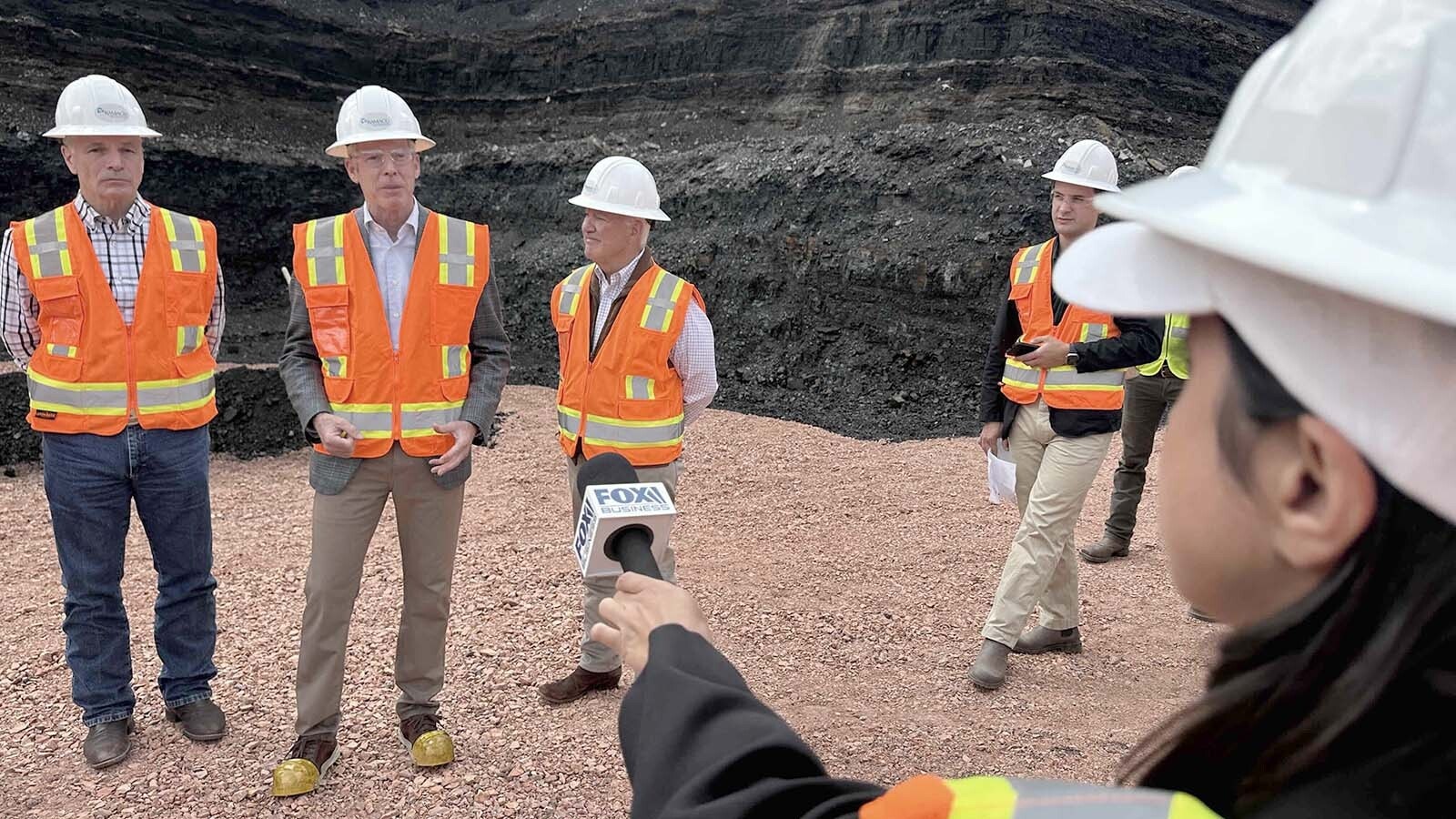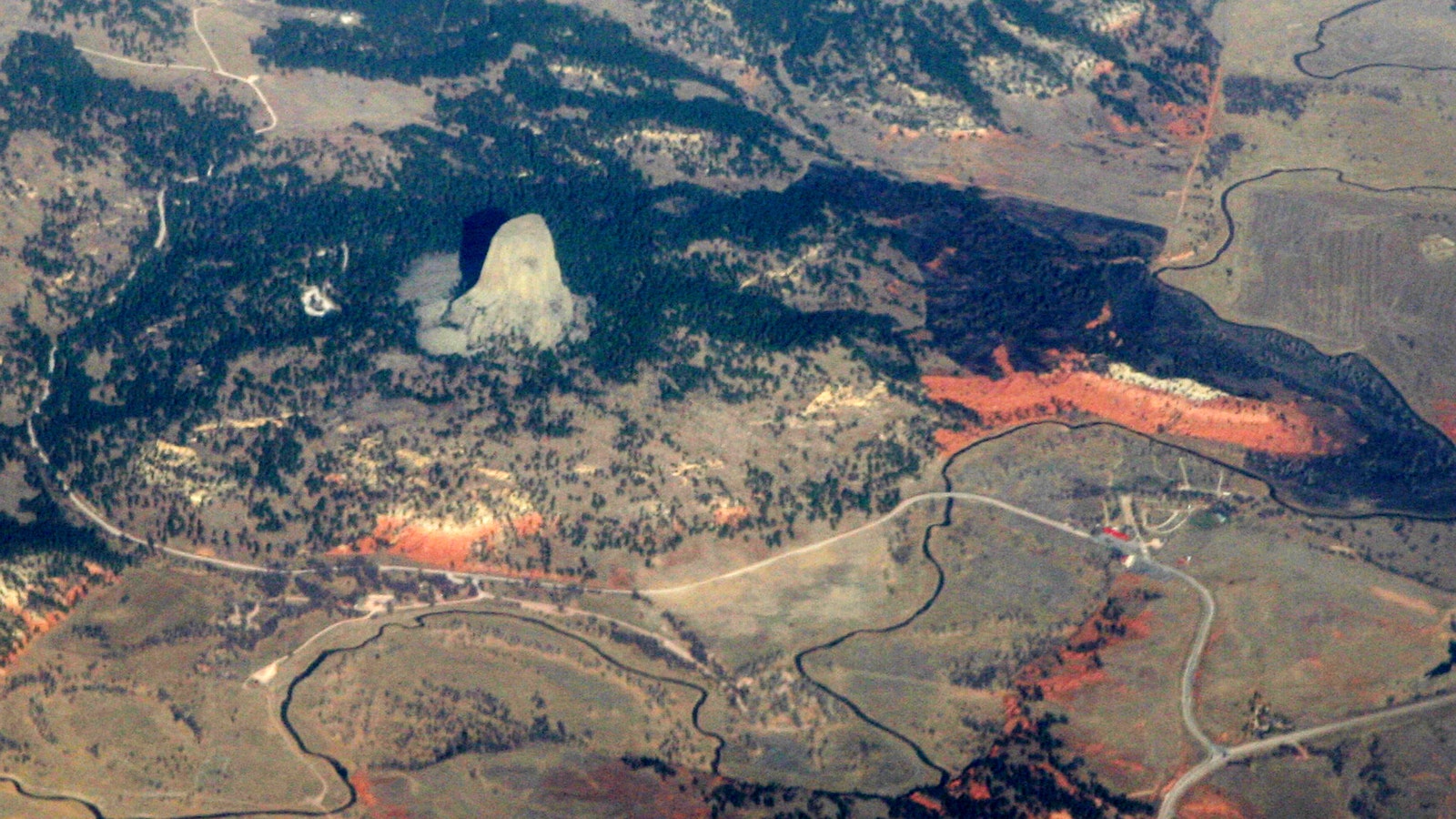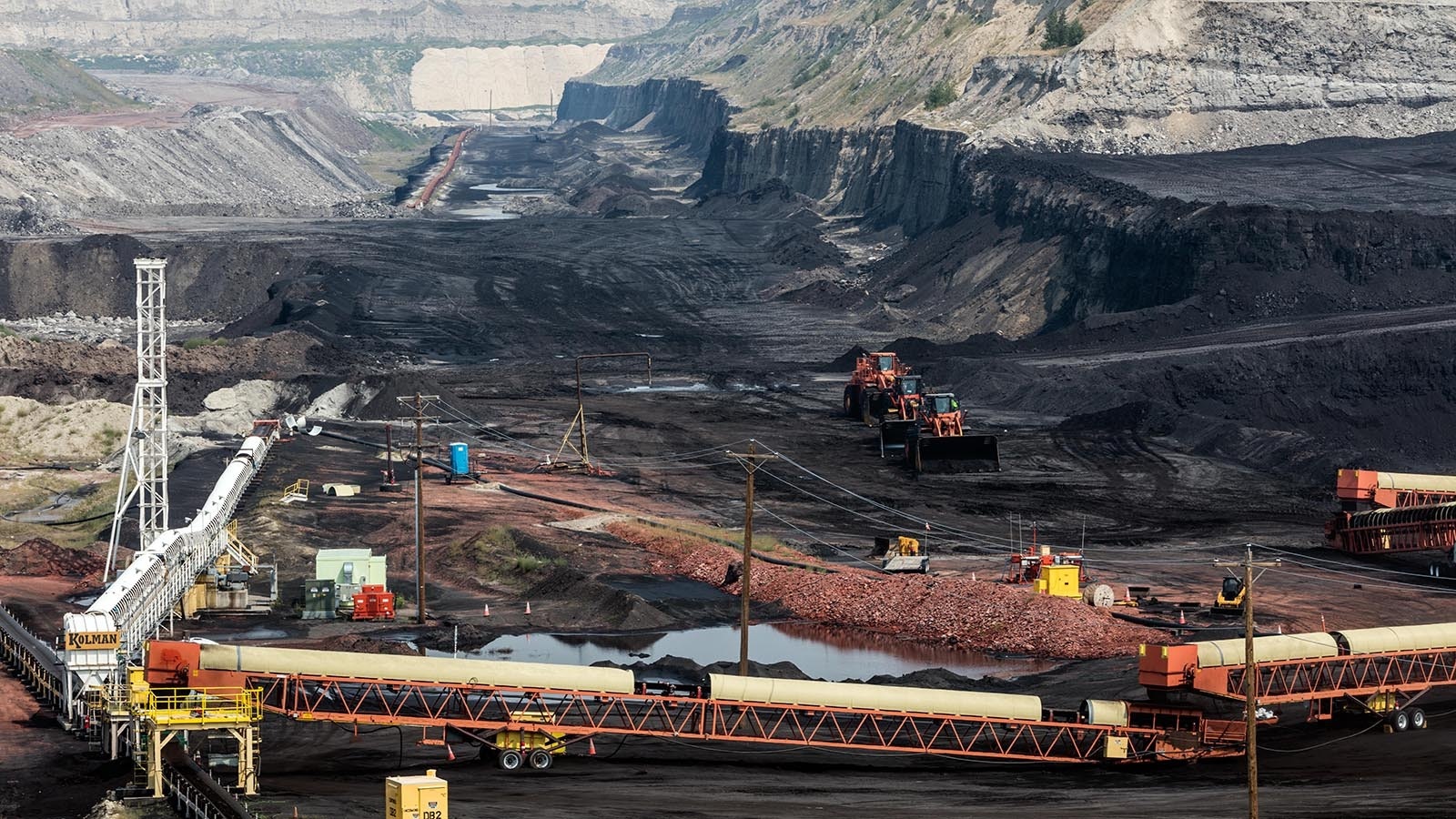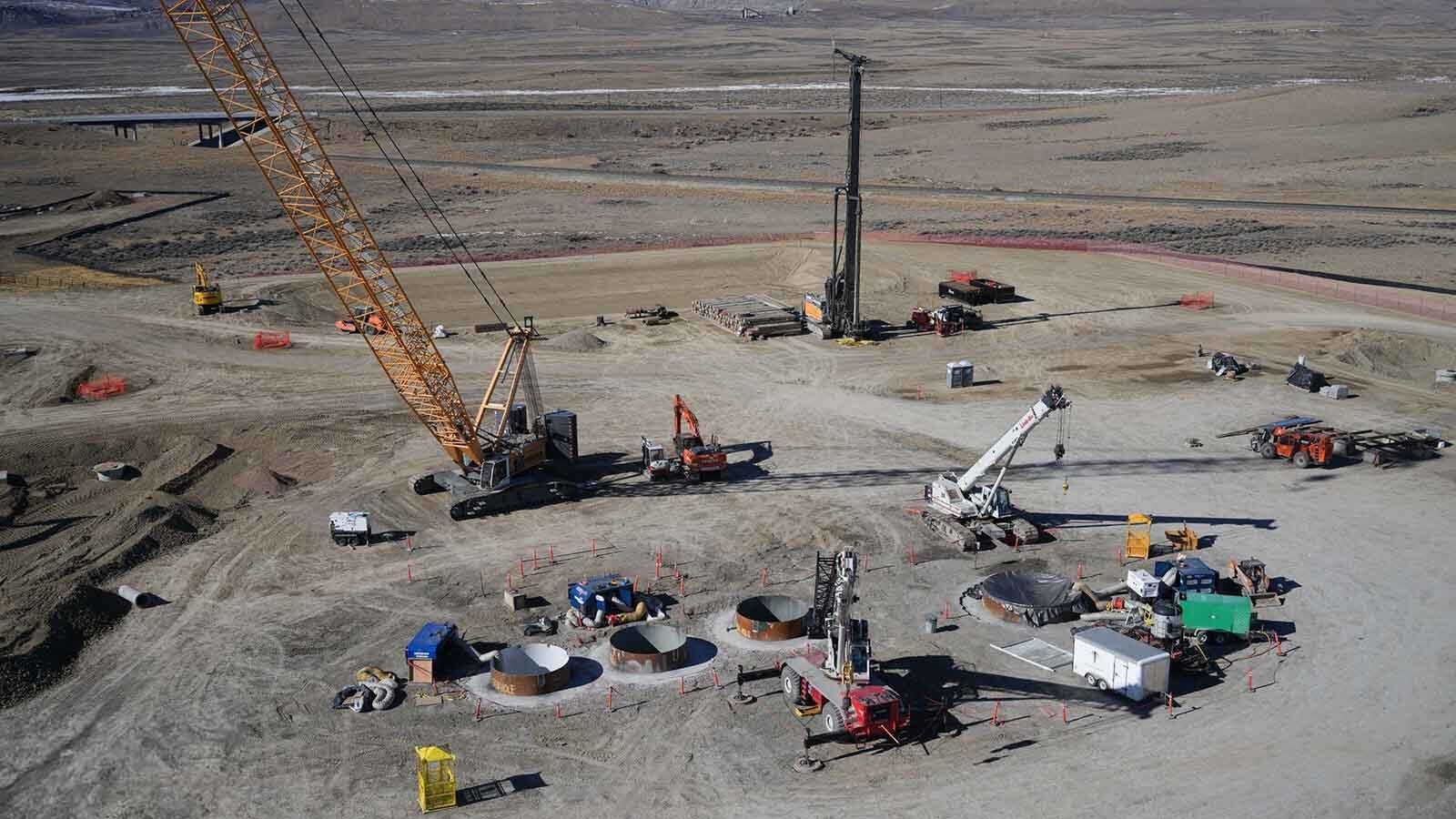A startup company wants to build fast nuclear reactors, and the company’s CEO said Wyoming may be on the list of possible locations for its plants.
The Aurora-brand reactors that Silicon Valley-based Oklo is looking to build are much smaller than the TerraPower Natrium reactor planned to replace a retiring coal plant in Kemmerer. Aurora reactors also are designed to run on nuclear waste.
Fast reactors, unlike conventional reactors, keep their neutrons moving quickly and don’t require moderators to slow the neutrons down. Fast reactors get more total energy out of their fuel, but they use much higher enriched fuel to get the reactions started and keep them going.
Wyoming On The List
Jacob DeWitte, co-founder and CEO of Oklo, told Cowboy State Daily that the Natrium and Aurora reactors have similarities.
“They’re both liquid metal-cooled fast reactors, and they both use sodium,” DeWitte said. “Ours just happens to be smaller.”
The reactors will be housed in A-frame structures designed to have low visual impact.
The company received a site use permit from the U.S. Department of Energy in December 2019, and it will build its first Aurora plant at Idaho National Laboratory.
DeWitte said there are more reactors planned, and Wyoming could be put on the list of possible locations.
“We’ve been having some conversations with various groups. It’s a really interesting opportunity, not just for the reactors, but also the infrastructure,” DeWitte said.
The recycled fuel the Aurora reactor will use will require a separate facility to produce it, and DeWitte said Oklo would look at Wyoming as a possible location for that production facility.
“That’s also going to be a pretty significant energy asset,” DeWitte said. “I can see a lot of ways where there are places in Wyoming where that could be a pretty attractive thing.”
Micro Reactor
DeWitte said his company hasn’t had a lot of detailed conversations about all that, but it’s something it’s going to start doing soon.
The Oklo design builds upon the Experimental Breeder Reactor II that was operated at the National Reactor Testing Station in Idaho until 1994 when it was shut down.
DeWitte said the experiment demonstrated the safety characteristics of this type of the design, as well as the ability to recycle used nuclear fuel.
The Aurora reactor will produce about 15 megawatts of electricity. That’s compared to the 345 megawatts of power that the TerraPower reactor is expected to produce.
Conventional reactors consume about 5% of the energy content available in their fuel. The rest remains unused, and the Aurora reactor would use the unused 95%, which is typically just stored as nuclear waste.
This also would cut down on disposal burdens for conventional nuclear plants.
Reactor Factories
Besides generating power without carbon dioxide emissions, nuclear power has the lowest material footprint per megawatt hour of produced energy of any energy technology, DeWitte explained. That material includes the fuel, concrete and steel over the life of the plant.
“It really has great ground to be extraordinarily economically attractive,” DeWitte said.
The challenge, he said, is how to fundamentally take advantage of passive safety characteristics, with as simple of a design profile as possible.
Passive safety characteristics means the reactor can be brought to a shutdown state without intervention by an operator or outside power source.
“That then opens the door for factory-based fabrication. In other words, leaving more labor hours to the factory instead of the field,” DeWitte said.
So, if all goes as planned, Oklo would build nuclear reactors the way cars are manufactured.
However, DeWitte said, Oklo wouldn’t sell the reactors. Its business model would sell customers the energy, and Oklo would provide an owner-operator service.
DeWitte said the reactors can be scaled up, but that the “sweet spots” are somewhere around 15-, 50- or 100-megawatt designs.
Power Or Heat
The power may be sold as electricity with the heat used to turn generators, or the reactor’s heat could be sold as direct heat, which can be used for industrial heating purposes.
Plastics, ceramics, steel, ammonia and many other materials are produced with high temperatures.
DeWittee said the reactor operates at around 750 to 950 degrees Fahrenheit. That’s quite a bit lower than many industrial heating purposes. Steel, for example, is made by mixing carbon and iron at around 2,600 degrees.
To get the reactor to run at those higher temperatures, DeWittee said it would have to be built out of “exotic” and expensive materials, which would be cost-prohibitive.
However, a steel or concrete plant using the heat from the reactor would save energy by taking the direct heat from the reactor and stepping it up to the levels needed. Using the direct heat is much more efficient than transferring that heat to electricity generation, and it would also cut down on carbon emissions, a lot of which comes from heavy industry.
The heat, though, could be used for any purposes that require heat, such as space heating for large structures.
Significant Hurdle
Getting through the permitting process is often a significant hurdle. The Nuclear Regulatory Commission (NRC) is known for its bureaucracy.
DeWitte said the Oklo team is optimistic about getting the approvals it needs to move forward.
“We took a forward-leaning approach, trying to bring modern things forward. The regulator has been excited about what that looks like,” DeWitte said.
The NRC requested more information on the company’s recent application to complete the full review of the reactor, and the company is in the process of getting the required information together.
DeWitte said that the Aurora reactor looks very different from what the regulators are used to. That means there’s a lot of translation into things that are more familiar.
Dewitte said the company is looking at having its first reactors up and running around 2026, and then they’ll be looking at building additional plants.
“I’m more confident than I’ve ever felt, because we have such a clear path,” DeWitte said.
A big challenge will be spinning up the fuel available, DeWitte said. That’s been a challenge for TerraPower, which sourced its fuel from Russia. With the invasion of Ukraine, the company is looking to develop a domestic source for the fuel.
“That’s going to be our main limitation in how quickly we can deploy this,” DeWitte said.





